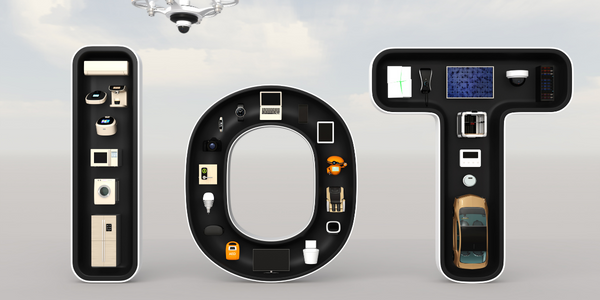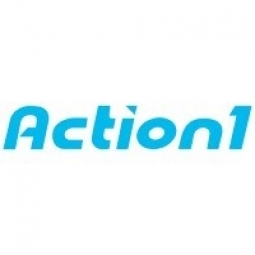Technology Category
- Platform as a Service (PaaS) - Application Development Platforms
- Platform as a Service (PaaS) - Device Management Platforms
Applicable Industries
- Education
- Equipment & Machinery
Applicable Functions
- Maintenance
Use Cases
- Inventory Management
- Time Sensitive Networking
Services
- Training
About The Customer
Bearzi Salesian Institute is an educational organization located in Udine, Italy. The institute comprises a primary school, secondary school, technical institute, and training center. The organization relies heavily on technology for instructional purposes, with around 160 laptops and other machines in use. When the COVID-19 pandemic hit, the institute had to switch to remote learning, which involved teachers taking these devices home. This situation presented a unique challenge for the IT team, which had to manage these devices remotely and provide users with remote assistance.
The Challenge
Bearzi Salesian Institute, an educational organization based in Udine, Italy, faced a significant challenge when the COVID-19 pandemic forced a shift to remote learning. The institute, which includes a primary school, secondary school, technical institute, and training center, relies on approximately 160 laptops and other machines for instructional purposes. With the onset of remote learning, these devices were taken home by teachers, creating a complex situation for the IT team. The team found it increasingly difficult to manage these devices effectively and provide remote assistance to users. The geographical dispersion of the devices and the need for remote troubleshooting and maintenance posed a significant challenge to the IT team.
The Solution
In response to the challenge, the IT team at Bearzi Institute evaluated several remote management and monitoring tools and ultimately chose Action1. The decision was based on two main factors. Firstly, the ease of deployment and short learning curve of the Action1 platform ensured quick time to value. The IT team was able to sign up, install the agents, and get the system up and running within minutes. Secondly, the platform proved to be very cost-effective. The team was able to deploy and test the solution on a significant number of endpoints for free before implementing it across the organization. With Action1, the IT team could manage all their endpoints remotely, perform a wide range of IT tasks, and provide high-quality IT support. The platform also allowed them to monitor all managed endpoints closely to maintain strong performance and streamline multiple IT tasks using powerful scripting capabilities.
Operational Impact
Quantitative Benefit

Case Study missing?
Start adding your own!
Register with your work email and create a new case study profile for your business.
Related Case Studies.

Case Study
Smart Water Filtration Systems
Before working with Ayla Networks, Ozner was already using cloud connectivity to identify and solve water-filtration system malfunctions as well as to monitor filter cartridges for replacements.But, in June 2015, Ozner executives talked with Ayla about how the company might further improve its water systems with IoT technology. They liked what they heard from Ayla, but the executives needed to be sure that Ayla’s Agile IoT Platform provided the security and reliability Ozner required.

Case Study
IoT enabled Fleet Management with MindSphere
In view of growing competition, Gämmerler had a strong need to remain competitive via process optimization, reliability and gentle handling of printed products, even at highest press speeds. In addition, a digitalization initiative also included developing a key differentiation via data-driven services offers.

Case Study
Predictive Maintenance for Industrial Chillers
For global leaders in the industrial chiller manufacturing, reliability of the entire production process is of the utmost importance. Chillers are refrigeration systems that produce ice water to provide cooling for a process or industrial application. One of those leaders sought a way to respond to asset performance issues, even before they occur. The intelligence to guarantee maximum reliability of cooling devices is embedded (pre-alarming). A pre-alarming phase means that the cooling device still works, but symptoms may appear, telling manufacturers that a failure is likely to occur in the near future. Chillers who are not internet connected at that moment, provide little insight in this pre-alarming phase.

Case Study
Premium Appliance Producer Innovates with Internet of Everything
Sub-Zero faced the largest product launch in the company’s history:It wanted to launch 60 new products as scheduled while simultaneously opening a new “greenfield” production facility, yet still adhering to stringent quality requirements and manage issues from new supply-chain partners. A the same time, it wanted to increase staff productivity time and collaboration while reducing travel and costs.

Case Study
Integration of PLC with IoT for Bosch Rexroth
The application arises from the need to monitor and anticipate the problems of one or more machines managed by a PLC. These problems, often resulting from the accumulation over time of small discrepancies, require, when they occur, ex post technical operations maintenance.

Case Study
Data Gathering Solution for Joy Global
Joy Global's existing business processes required customers to work through an unstable legacy system to collect mass volumes of data. With inadequate processes and tools, field level analytics were not sufficient to properly inform business decisions.







